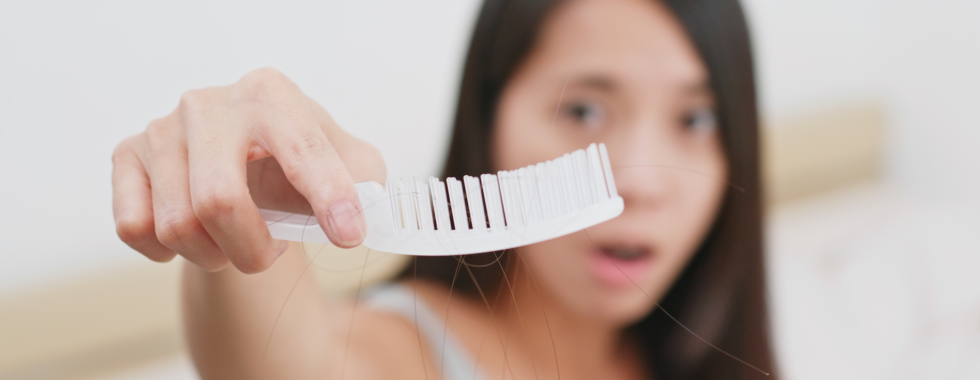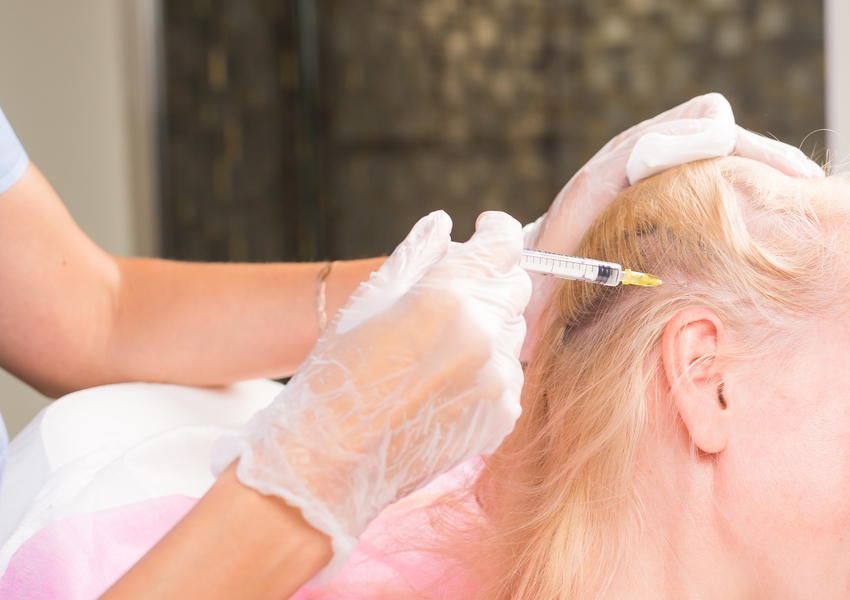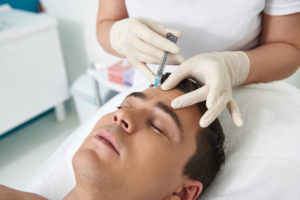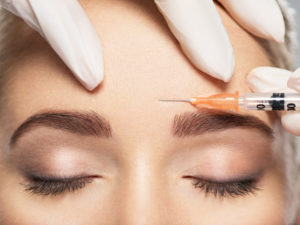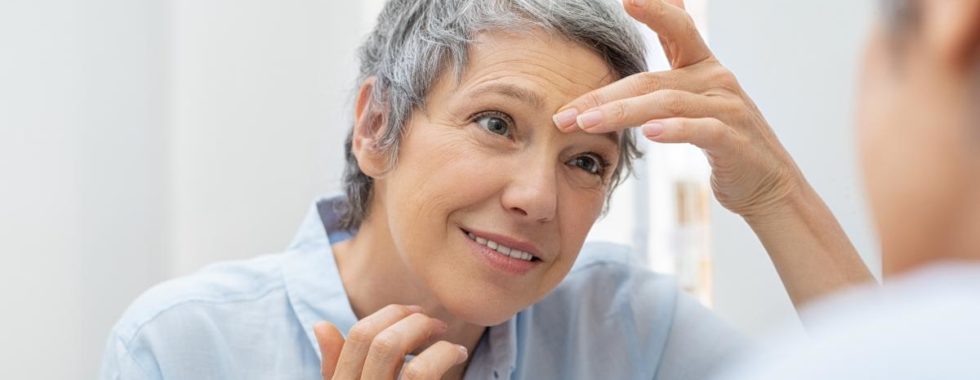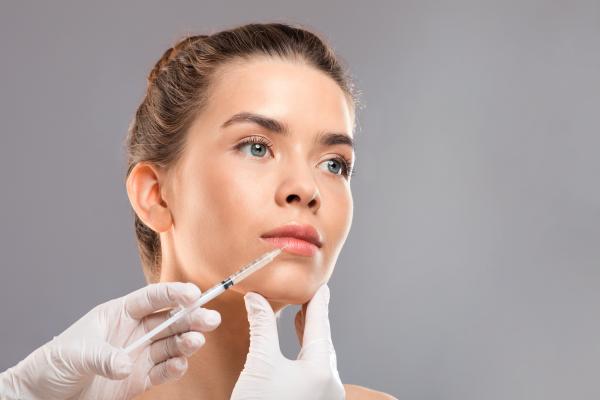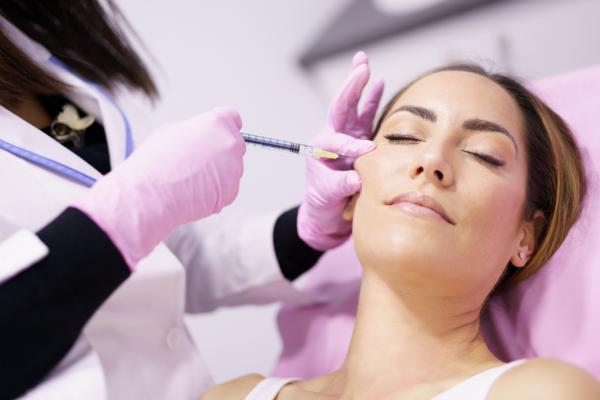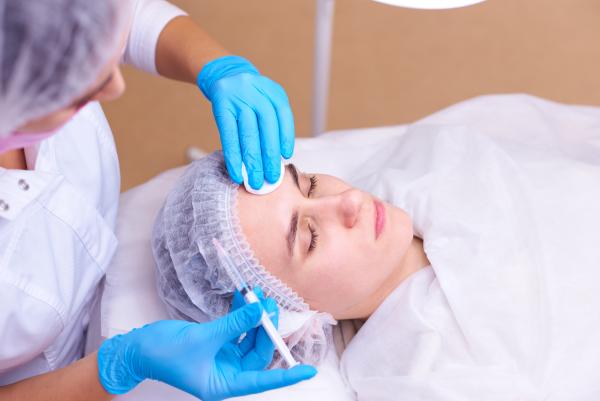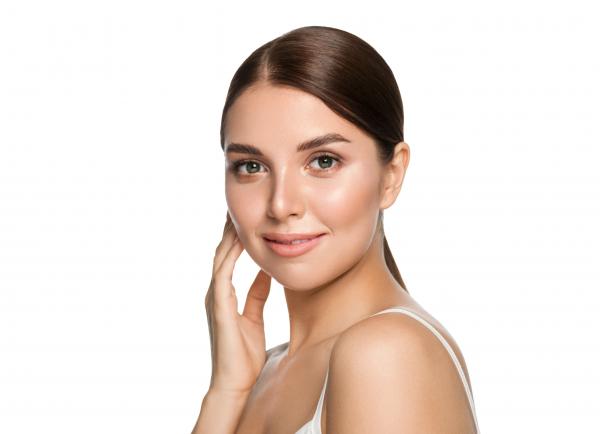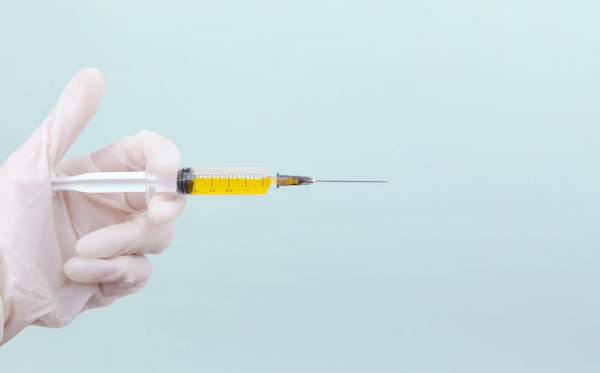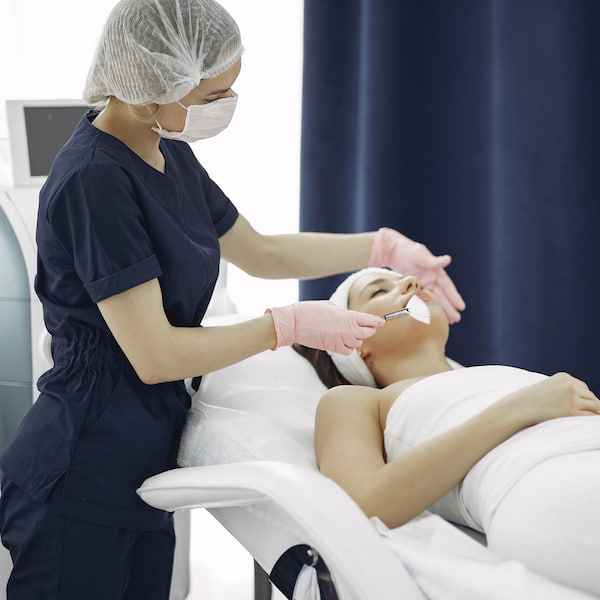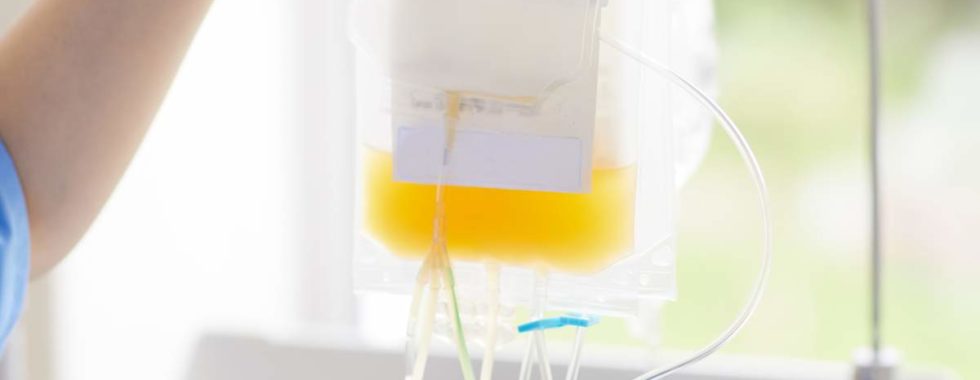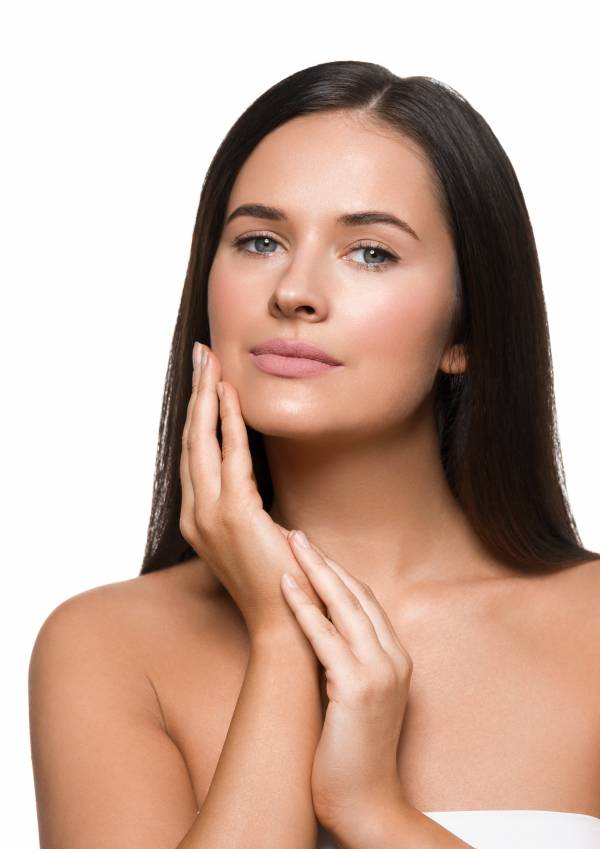How to Prevent Gynecologic Cancer in 5 Life-Saving Steps

One of the most heart-dropping diagnoses a woman can receive is news that she is at risk for or currently has gynecologic cancer. With approximately 100,000 women diagnosed in the United States annually, it’s important to know how to prevent gynecologic cancer before it becomes a life-threatening issue.
Here’s the good news: If you take the right steps early on, you will have a far greater chance of reducing the risk of getting it.
Plus, even if you are predisposed to gynecologic cancer, you will be able to recognize the symptoms sooner than later and talk to a doctor before it becomes a bigger problem. In this article, you will learn:
- What gynecologic cancer is
- Who is at risk for gynecologic cancer
- Common symptoms associated with gynecologic cancer
- How to prevent gynecologic cancer in 5 steps
Let’s get started.
What is Gynecologic Cancer?
Simply put, gynecologic cancer is a disease that takes place in a woman’s reproductive system. It is a female-specific disease where cells in the reproductive system begin to divide uncontrollably and spread into the surrounding tissue.
There are 5 main types of gynecologic cancer:
- Ovarian cancer
- Cervical cancer
- Uterine cancer
- Vaginal cancer
- Vulvar cancer
In some rare cases, fallopian tube cancer may also develop. You might be wondering, “Who is at risk for gynecologic cancer?”
Hundreds of Thousands are Affected Worldwide
Since this type of cancer manifests itself within the female reproductive organs, any woman could be at risk of experiencing the disease.
However, if you have a genetic predisposition to the disease (for instance, if you have a family history of cervical cancer), then you have a higher risk of developing it. Furthermore, you might be at higher risk for gynecologic cancer if you:
- Smoke
- Have HPV (Human papillomavirus) or an STD (sexually transmitted disease)
- Have multiple sexual partners
- Have a weakened immune system
Although many gynecologic cancers like cervical cancer are often slow-growing, they can cause a lot of pain in the pelvic region and even lead to death if not treated. Keep reading to learn some of the common symptoms of the disease.
Common Recognizable Symptoms of Gynecologic Cancer
Oftentimes, the first symptoms you might experience during the beginning stages of the cancer are very subtle. These include:
- Pain during sex
- Unusual vaginal bleeding (that is not related to your menstrual cycle)
- Abnormal vaginal discharge
- Itching or burning in the pelvic region
As the disease starts to progress, symptoms may worsen and could include:
- Pelvic pain
- Stomach pain
- Excessive fatigue
- Difficulty going to the bathroom
- Increased need to urinate
- Changes in color and skin of the vaginal region (rash, ulcers, sores, etc.)
It is important to know and recognize these symptoms as soon as possible, especially if you believe you are at high risk of developing gynecologic cancer.
Stages of Gynecologic Cancer
Like all cancers, there are 4 main stages of development and progression:
- Stage I
- Stage II
- Stage III
- Stage IV
As a general rule of thumb, the lower stage of cancer, the easier it is to treat. This is because the cancer cells have not spread far enough to do extreme damage yet and are isolated to a particular spot.
For example, Stage I cervical cancer implies that the cancerous cells have not spread past a specific part of the cervix.
However, Stage IV cervical cancer is much more severe, as the cells have spread to the lining of the rectum or bladder. This makes the disease much more difficult to treat because the affected cells are more widely distributed throughout the body.
How to Prevent Gynecologic Cancer: 5 Vital Steps
As scary as this disease sounds, there are a few steps you can take to stop gynecologic cancer in its tracks. Keep reading to learn how to prevent gynecologic cancer and live a healthier life.
1. Receive an Annual Pap Smear

A Pap smear is a type of gynecologic test that examines a sample of cells from the cervix and determines if any abnormalities are present. If unusual cells appear, then further analysis of gynecologic cancer, such as cervical cancer, will be done.
This life-saving test is absolutely vital for all women to regularly receive, as it quickly notifies your doctor about incongruencies found within your cervix.
How Often Should You Get a Pap Smear?
Women should have their first Pap smear by age 21. After the first test, it is recommended to receive a routine gynecologic exam every year thereafter.
This will help doctors keep track of your reproductive health as time goes on. If an abnormal pap smear occurs, then your gynecologist will be able to go back to your health records to determine what might have happened.
2. Protect Yourself from HPV
Here’s a hard pill to swallow: The human papillomavirus is one of the most common root causes of gynecological cancer, especially cervical cancer.
Commonly known by its acronym HPV, human papillomavirus is a sexually transmitted infection that attacks cells in and around the vaginal region, often leading to painful warts, sores, irritation, pelvic pain, and cancer.
How to Prevent HPV
Thanks to recent advancements in the medical community, you can protect yourself from the infection with an HPV vaccine.
It is recommended that children and adults aged 12 to 26 years should receive the vaccine. However, consult a doctor if you are over the age of 26 and would like to get the vaccine.
Another way to reduce the risk of contracting HPV is to practice safe sex. For instance, use protection and avoid skin-to-skin contact of the genitalia.
3. Avoid Smoking
It’s no secret that smoking causes cancer. However, most people only link it to lung cancer.
But, did you know that smoking can also cause a variety of other cancers, including many forms of gynecologic cancer? In fact, if you smoke regularly, you have a higher chance of developing precancerous lesions of the cervix, which could lead to cervix cancer.
Studies also show that women who smoke cigarettes are 3x more likely to develop ovarian cancer than women who abstain from smoking.
So, if you really want to know how to prevent gynecologic cancer, then it’s best to avoid smoking altogether.

4. Make Healthy Lifestyle Choices
Exercise, a balanced diet, and stress-reducing habits are all great ways to decrease the risk of cancer.
For instance, obesity in adults dramatically increases the likelihood of developing many types of cancer, including gynecologic cancer. However, if you maintain a fit and healthy body, you could drastically improve your odds of avoiding the disease.
How to Prevent Gynecologic Cancer in Everyday Life
Simple lifestyle and diet changes could greatly impact your future. For instance, healthy foods that aren’t heavily processed or overcooked, such as fresh fruits, vegetables, legumes, and nuts are all great to add to a cancer-free diet.
As far as exercise and maintaining a good headspace goes, be sure to spend time walking or hiking outdoors, breathing in the fresh air, and soaking up some sun. All of these activities will help you reduce stress and harbor a healthier life.
5. Contact a Doctor if You Notice Symptoms
Last but not least, be sure to routinely visit your gynecologist for annual check-ups. This is one of the top ways to prevent gynecologic cancer.
Furthermore, the sooner you can detect the disease, the faster you can stop it before it spreads. Since many gynecologic cancers form slowly, you will have time to treat the disease before it advances into its later stages.
As long as you have a reputable doctor to help you recognize the symptoms right off the bat, you will be able to take the right steps to tackle cancer before it spreads to other areas in your body.
Prevent Gynecologic Cancer with Whole Health JC

Gynecologic cancer is no joke. That’s why it’s more important than ever to talk to a certified gynecologist and take the first steps of cancer prevention.
At Whole Health JC, we offer state-of-the-art gynecologic exams, including Pap smears to test for HPV and cervical cancer. You can also receive a free pelvic ultrasound with your annual examination to screen for ovarian cancer.
Contact us at 573-893-5500 to receive a free consultation.





